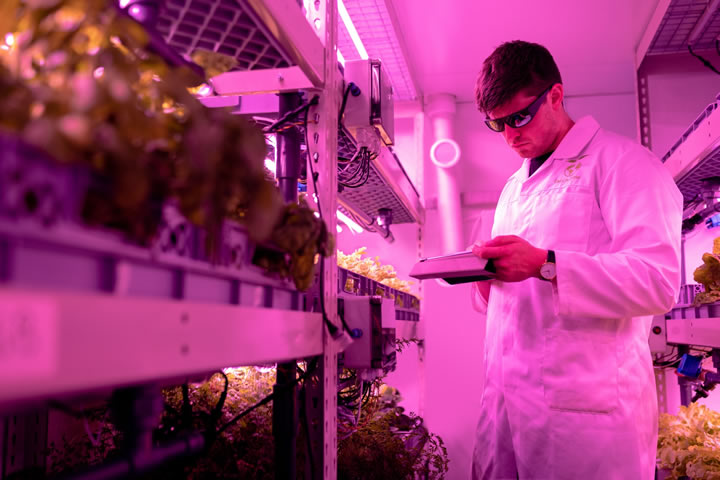Digitizing Agriculture: What Innovations Are Coming to Agribusinesses?

The digital revolution has permeated nearly every industry. Now, businesses all around the world rely on technology and digital devices to streamline operations. Though agricultural roots are in manual labor and family farms, agribusinesses have also adopted technological advancements in their industries.
Digitizing agriculture has been a necessary step for the global economy. With a growing population expected to reach nearly 10 billion people by 2050, agriculture wouldn't be able to rely on human power alone. That's why digitizing agriculture is essential to keep the world fed and running.
Many innovations have come to agribusiness to make the industry more efficient and up-to-date with technological advancements and trends. As a result, it has been able to connect farmers throughout the world, too.
Here are some of the leading innovations in digitizing agriculture. These have allowed farmers to increase connectedness to the rest of the world and make their farms more precise to increase yields and provide the best products.
Drones
Drones have been a huge asset for farmers. They offer savings and enhance efficiency. They can map properties, which is a safer alternative to doing so manually, and they report on crops/ health. Plus, they can monitor livestock movement and improve irrigation systems.
Though drones have been in farming for a little while now, they're making an increased appearance. They're a sustainable addition to managing farms and operations. The data received from drones help farmers more accurately make plans.
Digital Signatures and Information Sharing
One of the many benefits of innovations in agriculture is that it has easily connected agricultural businesses everywhere. A newer innovation coming to agribusinesses is the implementation of eSign through companies like Barchart. It provides a digital workflow specifically for more than 500 grain buyers and producers.
Additionally, other agribusiness software producers have allowed ease of information sharing through digital platforms. This negates the need to meet in person or share devices, which also raises health security, especially during COVID-19. Instead of farmers having to touch objects that others have handled, they can view information through the digital sphere.
Tracking, Tracing and Security Developments
Technology and digitization have also led to innovations in tracking and traceability. These devices are increasing in agribusinesses as more consumers demand that their products, like fruits, vegetables, meat and dairy, can be traced directly to the source. In addition, QR scanner codes have allowed for ease of traceability for consumers who are especially concerned about a product's ethics.
Tracking devices within agribusiness are becoming more prominent, as well. For example, farmers can track their animals, crops and equipment through monitoring systems. These provide information about the health of crops and animals and remind them of important maintenance dates for equipment to keep the business efficient. Plus, cameras installed to gather this information can also provide 24/7 surveillance to ensure farm security.
Automated Agriculture Machinery
Those in agribusiness understand that tractors and other heavy machinery are necessary for daily farming operations. They help aid in the planting, plowing, transportation, watering and harvesting of crops. In addition, many of the machines used in agriculture are becoming automated, meaning there isn't a need for a human operator.
Instead, farmers can use GPS systems to track where their machines move and can alter paths with the touch of a button. They can then use the time they would have needed to drive a device to further work on crop and yield development and other strategies to make their farms more efficient and profitable.
Farming in the Digital Age
The digitization of agriculture will allow for increased food security for a growing population. As long as agribusinesses continue to adopt new technologies and implement them into their farms, global food demands should be met, which is perhaps the most significant concern in the agricultural industry.
Comments (0)
This post does not have any comments. Be the first to leave a comment below.
Featured Product

